Time to read: 6 min

Have you dismissed the idea of CNC machining a plastic part because you’re worried about the time, dexterity, and patience required to hand-sand the part? Still, there’s something to be said for the satisfaction of a pristine surface after removing the imperfections with a piece of sandpaper. If you’re looking for ways to smooth CNC machined plastics, such as acrylic (PMMA) and polycarbonate, vapor polishing or hand polishing may be the choice for you!
This article discusses these processes and explains the basics of different types of polishing to help you to determine if hand polishing or vapor polishing is the “clearest” choice for your application.
Traditional Surface Finishing Methods
Hand grinding and polishing date back to the stone age, literally. These traditional methods of polishing are tried and true ways to achieve a quality finish.
After producing a plastic part from CNC machining, the surface finish is typically semi-smooth or relatively rough depending on the technique used. Even clear acrylic will have a cloudy, matte surface as machined and requires finishing operations to become transparent again.
Media Blasting
There are several types of post-processing used to finish plastic CNC machined parts with a uniform, matte finish. One way is to media blast the part using shot, sand, glass or plastic beads in varying grits to smooth out the surface. Though this provides a fairly uniform surface finish, this method cannot produce a glossy finish without further processing. This method is risky for CNC machined plastic parts because it’s forceful and can damage the surface of softer plastic parts.
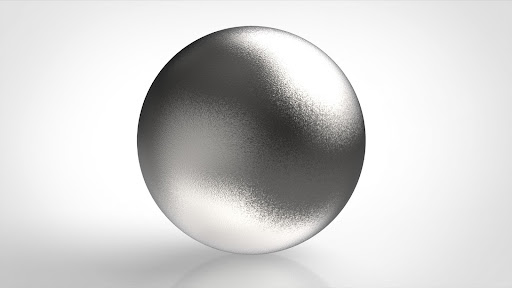
Hand Sanding and Polishing
Manual sanding and polishing are traditional ways to remove deep scratches and imperfections to provide an even surface. This method uses progressively finer grits of sandpaper, starting with rough-grit, wet sandpaper to remove macro imperfections, and progressing through finer and finer grits. Before switching grits, the part is visually and tactilly verified to ensure the previous sand marks are removed. This process continues until obtaining the desired finish.
Once the surface is sanded, polishing begins. A polishing compound is applied, then buffed to knock down micro imperfections and sanding marks to produce a high-quality glossy finish. Sanding and polishing of CNC machined acrylic is done commonly done by hand, though there are various equipment and tools used to manually sand and polish CNC machined acrylic parts. Here’s a list of the most common tools:
Belt Sander – An electric motor turns a continuous loop of sandpaperRandom Orbital Sander – A hand-held tool that simultaneously spins and moves the sanding disc in small ellipses to help prevent swirl marks and directional sanding marks
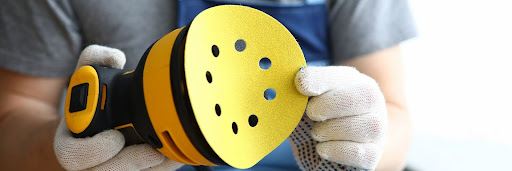
Sanding Block – A hand-held tool that holds sandpaper and allows even pressure for manual sanding as well as limiting hand fatigue from holding the sandpaper
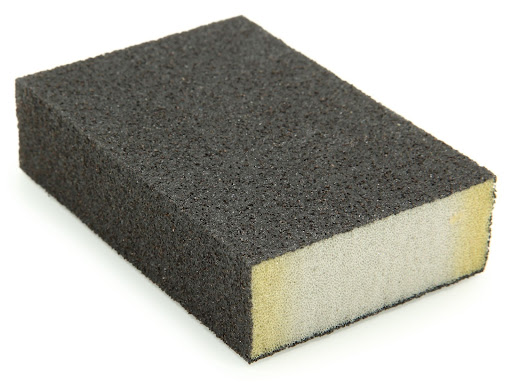
Polishing and Buffing Wheels – Spinning wheels either use an abrasive glued to the work wheel (for polishing) or use loose abrasive compounds applied to the work wheel (for buffing)
What is Vapor Polishing?
Vapor polishing (like vapor smoothing) uses a solvent that’s converted into a vapor and is either circulated around the part within a chamber or applied directly via a pressurized air stream. The solvent reacts to the surface of the part and essentially melts the surface to create a smoother finish that is more scratch resistant.
Surface polishing occurs at the microscopic level, so there is negligible material loss. After the vapor is applied, the part is immediately cooled to control the liquefaction and maintain the shape of the part without over-melting. This surface finish can be adjusted to your specifications through the control of process inputs such as airflow, temperature, the solvent used, and post-cooling parameters.
What equipment or machines are needed to vapor polish a part? Depending on the material being polished, it could be as easy as setting up a hot plate, container of solvent, and a method to fixture the part in the vaporized solvent! At Fictiv, we use Weld-on 4 liquid solvent to vapor polish polycarbonate (PC) to a near-clear opacity — making it an ideal process for polishing clear PC.
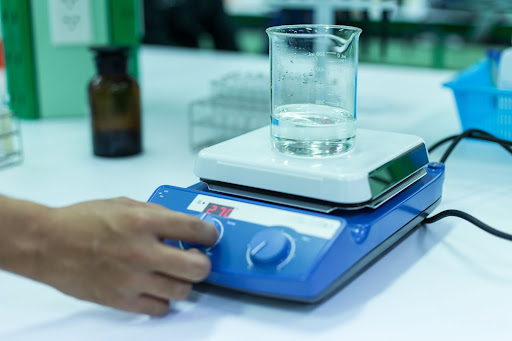
Which Finishing Method Should You Use?
With so many available choices and processes, how do you choose the best method for your product?

Hand Sanding and Polishing Pros and Cons
Hand sanding and polishing is the most basic method for producing a smooth surface that works on wood, metal, CNC machined plastics, and 3D printed plastics. The materials and equipment are easily obtained at any hardware store. The main health hazard of these processes is the dust particulate from the material removal. Though this issue is easily mitigated by using readily available and cost effective face masks and respirators, as well as standard safety glasses and gloves.
That said, these manual processes are labor and time intensive, especially if you’re looking to obtain high optical clarity or significantly glossy finishes. It is also extremely difficult to achieve a uniform finish on complex parts with small inside corners or undercut features — it’s difficult to reach those areas with abrasives.
There is also a substantial risk of error as this process requires a high-level dexterity, a keen eye, and skilled touch to ensure a good finish after each grit of sanding. For example, if the technician does not completely remove all the sanding marks and continues to the next grit, the previous sanding marks will never be removed. Even after polishing, the technician will have to scrap the part or re-do the work starting from the original grit.
Vapor Polishing Pros and Cons
The vapor polishing process is quick and efficient and can result in an extremely high clarity and consistently shiny finish. Set-up correctly, there is minimal material removal and little dimensional distortion as compared to hand sanding and media blasting. Due to being a vapor, the process can reach difficult to access areas of the part while producing a high-quality uniform finish. This process is commonly used on medical devices when high optical clarity is required, or on detailed features like threads, apertures, channels, and other severe undercut areas.
However, this process is specific to the type of material you need polished — so do your homework before specifying vapor polishing for your CNC machined plastic parts! Also, the process utilizes highly toxic fumes, so it should be performed by qualified technicians with adequate ventilation.
Even though vapor polishing is seemingly easy to set-up, typically you’ll need more expensive materials and equipment to properly control the process and ensure a safe working environment. Some types of materials also require an annealing process prior to polishing in order to prevent cracking — which increases costs.
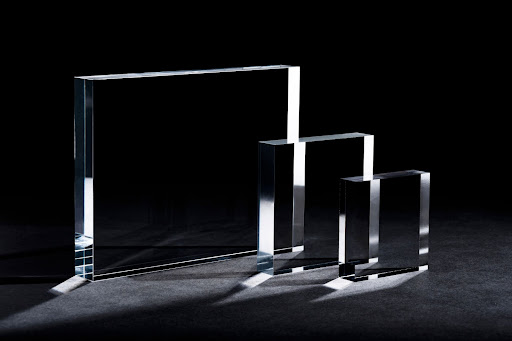
Conclusion
So, now you know the basic advantages and disadvantages of manual and vapor polishing CNC machined plastic parts. With the growing use of CNC machined plastic parts and advances in plastics technology, both manual sanding and vapor polishing are increasingly useful tools to finish parts. Not only can this process save you time, it can also provide a uniform finish on complex parts that is unachievable otherwise. On the other hand, manual sanding could also be a perfect process for your parts if they are leaning more toward the simplistic side and don’t want to break the bank for a quality finish.
Sourcing Simplified – Start Your Next Project With Fictiv
At Fictiv, we’re here to help source all your custom manufactured parts, and we have a variety of finishing capabilities, including hand polishing and vapor polishing services for plastic CNC machined parts! With our high quality parts and fast lead times, Fictiv is the right choice for all of your plastic CNC machining and finishing needs.
Fictiv is your operating system for custom manufacturing that makes part procurement faster, easier, and more efficient. In other words, Fictiv lets engineers, like you, engineer. Create an account and upload your part to see what our instant quote process, CNC machining services, design for manufacturability feedback, and intelligent platform can do for you.










